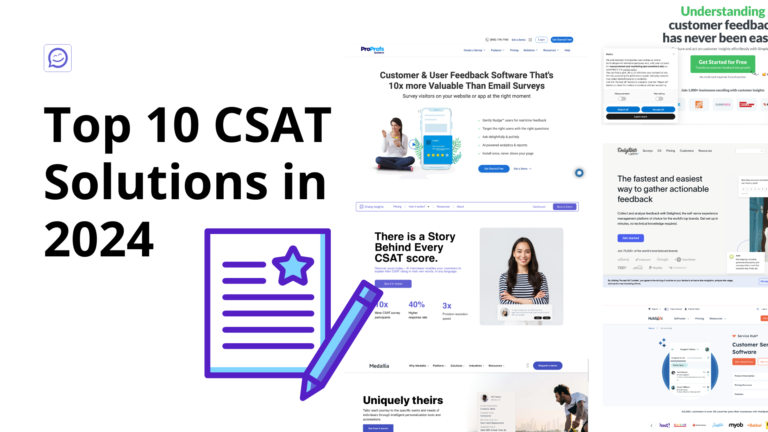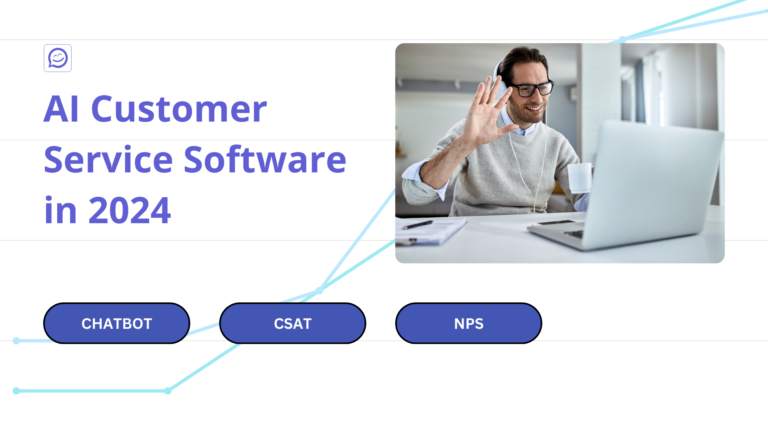Wondering how to conduct market research?
Think of market research as the compass that guides your business decisions, ensuring you’re headed in the right direction. It’s not just about understanding what your customers want right now, but also about anticipating their future needs and staying ahead of the competition.
Imagine launching a product only to find out there’s no real demand for it. Or spending big bucks on a marketing campaign that falls flat because it didn’t resonate with your audience. These scenarios can be avoided with thorough market research.
It’s like getting to know your audience on a deeper level—understanding their likes, dislikes, and even their unspoken needs. By doing so, you can tailor your offerings to hit the mark every time.
Traditional methods of gathering consumer insights and market data have given way to more sophisticated, efficient, and accurate approaches. Whether you are a startup looking to understand your target market or an established business aiming to stay ahead of trends, conducting thorough market research is needed.
In 2024, leveraging modern techniques and technologies can make market research more efficient and insightful than ever. This guide will walk you through the essential steps to conduct effective market research in 2024.
First…Why Should You Conduct Market Research?
Conducting market research is important for several reasons:
- Informed Decision-Making: Market research provides data-driven insights that help businesses make informed decisions. It reduces the risk of launching new products or entering new markets.
- Understanding Customer Needs: By understanding what your customers want, you can tailor your products or services to meet their needs more effectively.
- Competitive Advantage: Knowing what your competitors are doing helps you identify opportunities and threats in the market.
- Identifying Market Trends: Keeping up with market trends allows businesses to stay relevant and adapt to changing consumer preferences.
- Improving Customer Satisfaction: Regularly collecting feedback helps in improving customer experience and satisfaction.
Then…Who should do market research?
Market research should be a priority for:
- Startups: New businesses need to understand the market landscape to position themselves effectively.
- Established Businesses: Companies looking to launch new products, enter new markets, or understand changing consumer behaviors.
- Marketing Teams: Professionals tasked with developing marketing strategies and campaigns.
- Product Development Teams: Teams focused on innovation and development need to understand market needs and gaps.
- Sales Teams: Understanding customer pain points and preferences can help in tailoring sales pitches and improving conversion rates.
“Whether you’re exploring customer satisfaction, testing new product ideas, or understanding market trends, our AI Research assists you every step of the way.“
Pietro Ferracini, CEO of Chatty Insights
But…What happens if you don’t do market research?
Neglecting market research can have serious consequences for businesses. Here’s a look at some of the key risks:
1. Misunderstanding Customer Needs
Without market research, businesses often misjudge what customers want, leading to products and services that fail to meet market demands. This misalignment can result in poor sales and unhappy customers.
2. Ineffective Marketing Strategies
Marketing campaigns based on guesswork rather than data tend to miss the mark. Ineffective targeting, messaging, and channel selection waste resources and fail to engage the intended audience.
3. Poor Competitive Positioning
Understanding competitors is key. Without this insight, businesses may struggle to differentiate themselves, leading to lost market share and diminished competitive edge.
4. Financial Losses
Investing in products, services, or marketing initiatives without solid market data can lead to significant financial losses. Failed launches and ineffective campaigns can drain resources quickly.
5. Missed Innovation Opportunities
Market research helps identify emerging trends and new opportunities. Without it, businesses may miss out on innovation, falling behind more agile competitors.
6. Customer Dissatisfaction and Churn
Without ongoing market research, businesses can miss critical feedback, leading to increased customer dissatisfaction and churn. Understanding and addressing customer pain points is key to retention.
7. Inefficiencies in Product Development
Market research guides product development by highlighting customer preferences and needs. Without it, businesses risk developing features that customers don’t value, resulting in wasted effort and resources.
Finally, here are the steps to conduct market research:
1. Define Your Research Objectives
Before you start, clearly define what you want to achieve with your market research. Are you looking to understand customer satisfaction, test a new product idea, or analyze market trends? Clear objectives will guide your research process.
2. Choose the Right Research Method
There are two main types of market research: primary and secondary.
- Primary Research: This involves collecting new data directly from sources. Methods include surveys, interviews, focus groups, and observations.
- Secondary Research: This involves analyzing existing data from sources like industry reports, academic studies, and market analysis reports.
3. Identify Your Target Audience
Determine who you need to gather information from. This could be your existing customers, potential customers, or a specific demographic segment.
4. Design Your Research Tools
Develop the tools you’ll use to collect data. For surveys, this means writing clear and concise questions. For interviews or focus groups, prepare a discussion guide that covers all the topics you need to explore.
5. Collect Data
Use various methods to collect your data. In 2024, AI-powered tools like Chatty Insights can streamline this process by automating surveys and interviews, ensuring you gather comprehensive and unbiased data quickly.
6. Analyze the Data
Once you’ve collected your data, analyze it to extract meaningful insights. Look for patterns and trends that answer your research questions. AI tools can help in this phase by providing real-time analytics and advanced data visualization.
7. Interpret the Results
Interpret the results in the context of your research objectives. What do the findings mean for your business? How can you apply these insights to your decision-making process?
Example of Chatty Insights results for market research
8. Make Informed Decisions
Use the insights gained from your research to make informed decisions. Whether it’s adjusting your marketing strategy, improving a product, or exploring a new market, data-driven decisions are more likely to succeed.
9. Communicate Your Findings
Share your findings with stakeholders in a clear and concise manner. Use reports, dashboards, or presentations to highlight key insights and recommendations.
10. Implement and Monitor
Implement the decisions based on your research findings and continuously monitor the outcomes. Market research is an ongoing process, and regularly updating your data helps in staying relevant and responsive to market changes.
Leveraging Modern Tools in Market Research
In 2024, there are tools that are changing market research by making it more accessible, efficient, and cost-effective. Here’s how Chatty Insights can enhance your market research process:
- Cost Efficiency: AI-moderated interviews allow you to conduct hundreds of interviews simultaneously, reducing costs and time investment.
- Real-Time Insights: Get immediate feedback and real-time analytics to stay ahead of market trends.
- Scalability: Conduct large-scale qualitative studies with statistically significant data.
- Advanced Analysis: Use AI to synthesize data, identify common themes, and extract powerful quotes effortlessly.
- Multilingual Capabilities: Conduct research in multiple languages, reaching a diverse audience without language barriers.
By integrating these modern tools, businesses can gain deeper, more accurate insights, leading to better strategic decisions and a competitive edge in the market.
In conclusion, market research in 2024 is all about leveraging advanced technologies and methodologies to gather comprehensive and actionable insights. Whether you’re a startup or an established business, following these steps and embracing AI-powered tools can help you stay ahead of the curve and make smarter business decisions.
Try Chatty Insights for FREE today!

